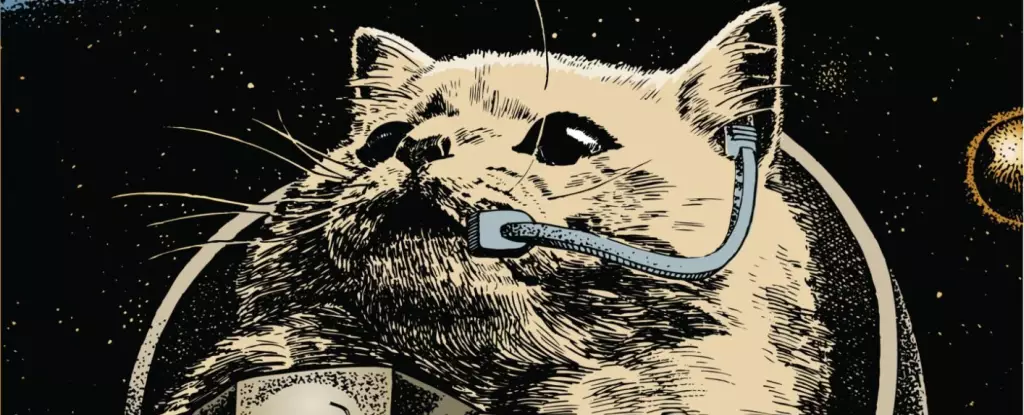Cats have long captured the human imagination with their grace, agility, and an almost magical ability to land on their feet no matter how far they fall. From their charming antics to their captivating movements, domestic cats have earned their place as beloved companions and remarkable acrobats of the animal kingdom. This article delves into the scientific secrets behind a cat’s skillful landings, revealing the extent of their extraordinary physical capabilities.
At the core of the fascinating phenomenon lies an understanding of how cats fall. This ability, widely known as the “righting reflex,” is a complex physical process. When a cat falls, it instinctively rotates its body mid-air, allowing it to adjust its position so that its feet touch the ground first. This incredible maneuverability arises from a unique skeletal structure; cats possess flexible spines and a lack of a collarbone, which allows for a fluid, twisting motion during freefall. These structural traits, combined with their acute sense of balance and spatial awareness, enable them to orient themselves correctly before striking the ground.
This acrobatic ability taps into the laws of physics, particularly during the descent. As the cat falls, it coordinates its movements using principles of angular momentum and inertia, enabling efficient rotation without losing control. The incredible adaptability of their bodies is simply a testament to millions of years of evolution, which has honed their skills for survival as predatory animals.
The quest for understanding the mechanics behind a cat’s righting reflex began in earnest in the late 19th and mid-20th centuries. A key milestone in this research came in 1894, thanks to French scientist Étienne-Jules Marey’s pioneering work in chronophotography. Marey captured a sequence of images showing how cats twist their bodies in mid-air, shedding light on the incredible acrobatics they perform during a fall. This groundbreaking work not only intrigued biologists but also laid the groundwork for more controlled experiments.
By the 1950s, advances in aviation and an insatiable curiosity led researchers to explore how effects of microgravity might impact a cat’s instinctual reactions. The US Air Force Aerospace Medical Research Lab orchestrated a series of astonishing experiments aboard aircraft designed for parabolic flight. This environment allowed scientists to witness firsthand the disorientation experienced by cats when subjected to conditions that would inhibit their ability to judge direction and orientation.
While trials using felines might appear unconventional, they offered valuable insights. Observations indicated that even under weightless conditions, cats retained some ability to twist and turn, although their reflexes were notably impaired. Understanding the discrepancies in their responses to gravity has immense implications, particularly as it relates to human space travel and survival in microgravity environments, which can affect an astronaut’s spatial awareness.
The implications of these studies extend far beyond the realm of domestic cats. The knowledge gleaned from feline acrobatics has informed research into human physiology, particularly concerning our body’s orientation in freefall scenarios, such as skydiving or high-altitude space travel. Scientists developed mathematical models to further understand how both animals and humans navigate in conditions of altered gravity.
Moreover, this research has contributed to astronaut training protocols. Astronauts often practice body movements inspired by how cats orient themselves during falls. This amalgamation of exploration, anatomy, and biomechanics emphasizes the interconnectedness of different species and the broader implications of studying feline abilities.
Today, cats remain enigmatic and enchanting companions, captivating us with their grace and instincts. Their remarkable ability to land on their feet continues to inspire curiosity, and the ongoing exploration into the science of these animals reveals just how much there is yet to learn. The study of felines not only illuminates their individual talents but also serves as a gateway to understanding broader biological principles, drawing a fascinating connection between the agility of domestic cats and the potential advancements in human science and technology.
As we continue to explore the intersection of biology and physics through the lens of remarkable creatures, one thing is clear: the humble domestic cat is much more than just a house pet; it stands as a testament to the wonders of evolutionary adaptation and the ingenuity of nature in crafting the perfect acrobat.


Leave a Reply